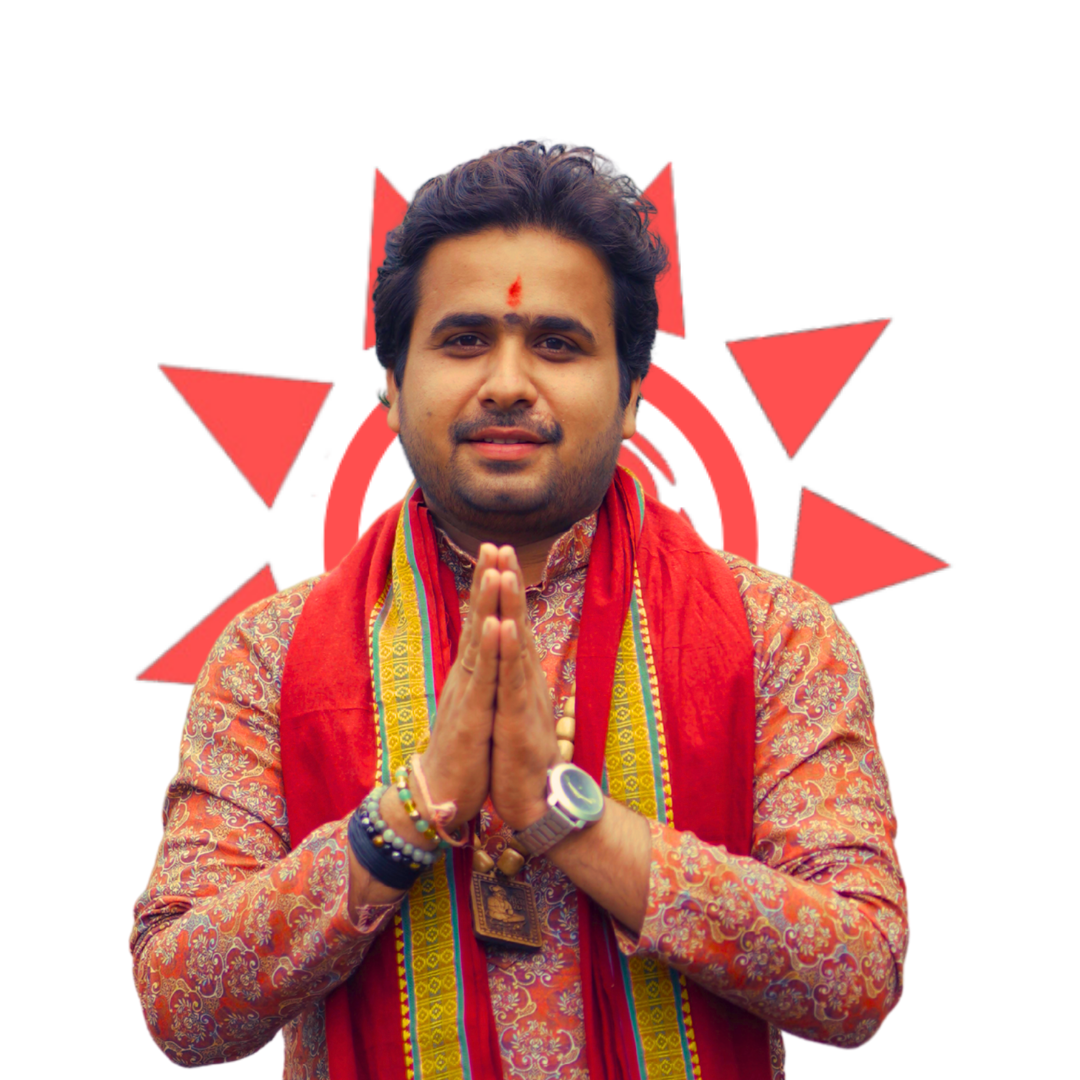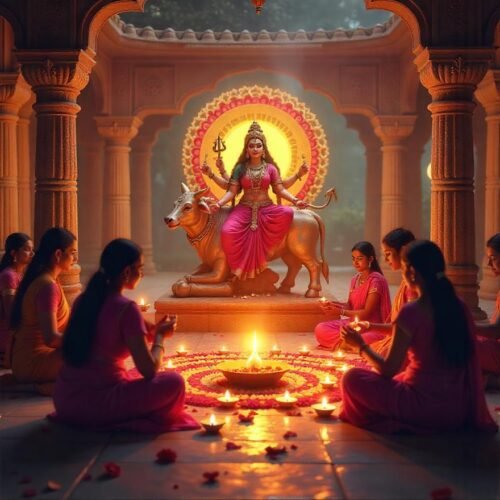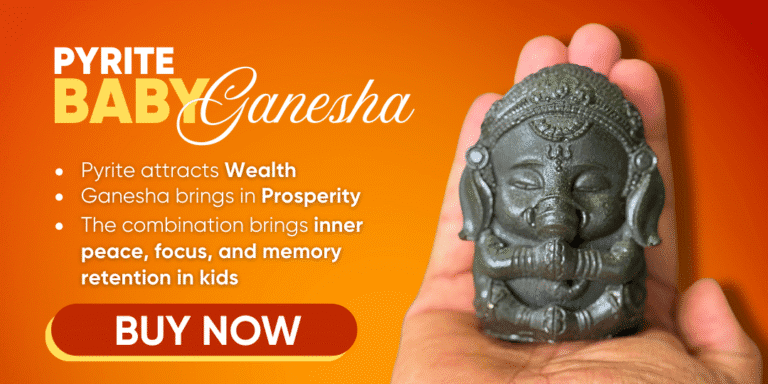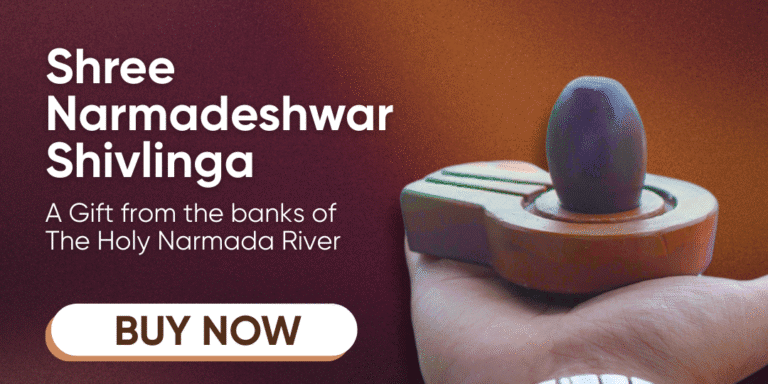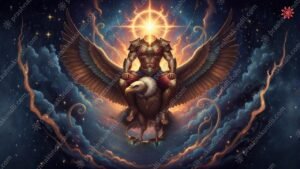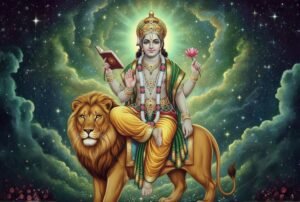
1st Day of Navratri – Mata Shailputri: Name, Story, Bhog, and Significance
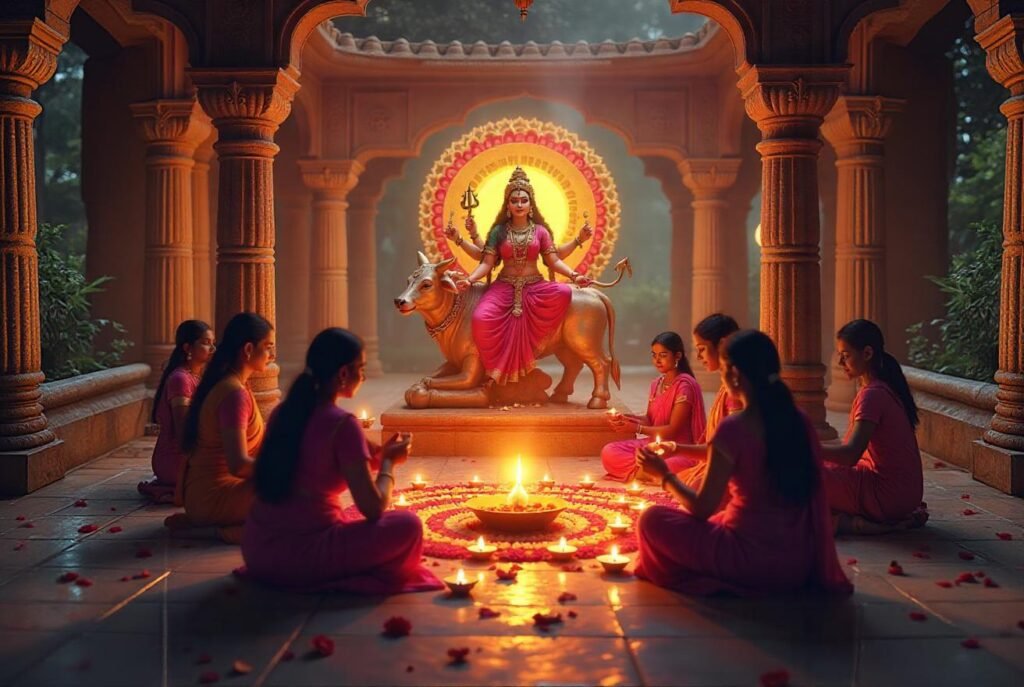
Navratri is a grand festival that lasts nine nights. It starts with the worship of Maa Shailputri, the first form of Maa Durga. On the first day of Navratri, devotees welcome the Goddess into their homes. They do this with puja, kalash sthapana, and sincere prayers.
Worshipping Maa Shailputri is said to purify the mind and body. It also lays the groundwork for the next eight days of devotion.
Who is Maa Shailputri?
Shailputri comes from two Sanskrit words. “Shail” means mountain, and “Putri” means daughter. Thus, she is the Daughter of the Himalaya King. She is depicted riding a bull (Nandi), holding a trident (Trishul) in one hand and a lotus in the other. A crescent moon adorns her forehead, symbolizing calmness and serenity.
Story of Maa Shailputri
In her previous birth, Maa was born as Sati, the daughter of Daksha Prajapati and the beloved wife of Lord Shiva. When Daksha insulted Lord Shiva at a big yajna, Maa Sati felt humiliated. She couldn’t stand it and set herself on fire using her yogic powers.
Later, she was reborn as Parvati, the daughter of King Himavat (Himalaya). Because she took birth in the house of the mountain king, she was named Shailputri. She performed severe penance to again become the consort of Lord Shiva. Thus, she is considered the embodiment of strength, patience, and devotion.
Who is Maa Shailputri?
Shailputri comes from two Sanskrit words. “Shail” means mountain, and “Putri” means daughter. Thus, she is the Daughter of the Himalaya King. She is depicted riding a bull (Nandi), holding a trident (Trishul) in one hand and a lotus in the other. A crescent moon adorns her forehead, symbolizing calmness and serenity.
Story of Maa Shailputri
In her previous birth, Maa was born as Sati, the daughter of Daksha Prajapati and the beloved wife of Lord Shiva. When Daksha insulted Lord Shiva at a big yajna, Maa Sati felt humiliated. She couldn’t stand it and set herself on fire using her yogic powers.
Later, she was reborn as Parvati, the daughter of King Himavat (Himalaya). Because she took birth in the house of the mountain king, she was named Shailputri. She performed severe penance to again become the consort of Lord Shiva. Thus, she is considered the embodiment of strength, patience, and devotion.
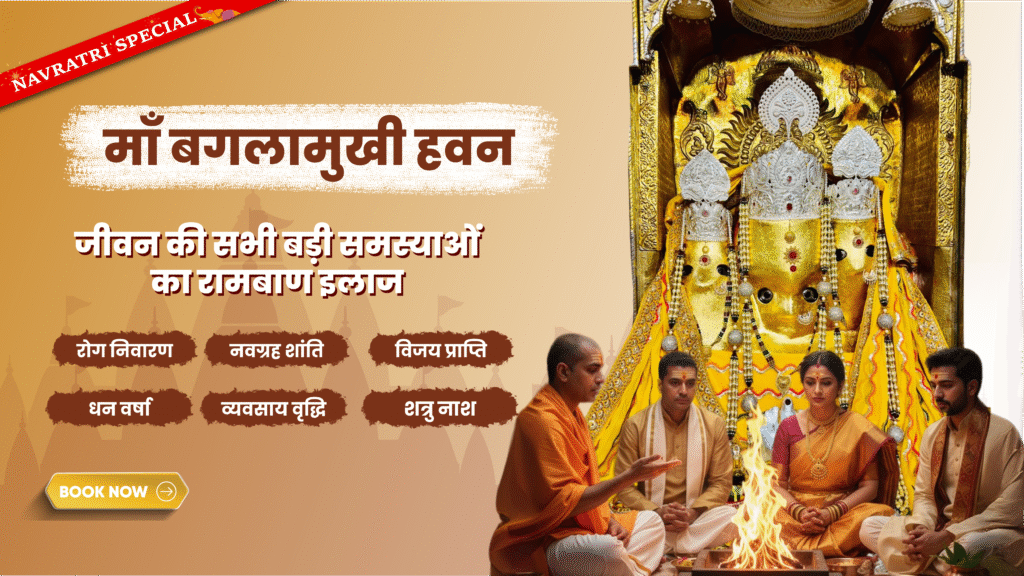
Tithi of the First Day of Navratri
The first day of Navratri is celebrated on the Pratipada Tithi (first day) of the Shukla Paksha in the month of Ashwin according to the Hindu lunar calendar. This marks the beginning of the sacred nine days dedicated to the nine forms of Maa Durga.
Bhog offered to Maa Shailputri.
On the first day, Maa Shailputri is offered pure ghee as bhog. It is believed that offering ghee ensures good health and strength for the devotee and their family. Along with ghee, devotees also offer white flowers, fruits, and milk-based sweets.
Bhog of the Day: Pure ghee
Result of Offering: Long life, vitality, and freedom from disease
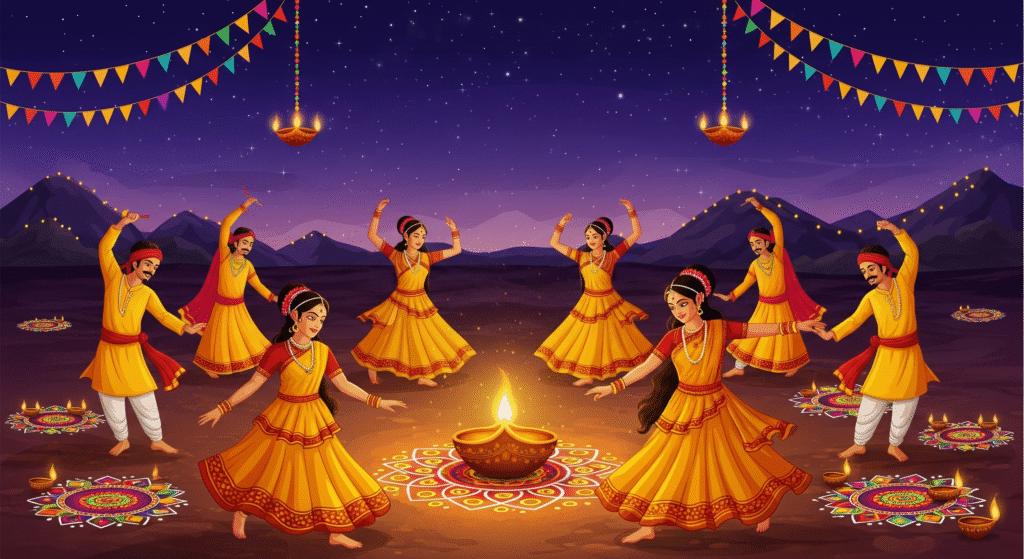
Significance of Worshiping Maa Shailputri
- Foundation of Navratri: Worshiping Maa Shailputri purifies the soul and prepares the devotee for the spiritual journey of Navratri.
- Blessings of Stability: She is the Goddess of stability and patience. Her blessings bring peace, balance, and strength to face challenges.
- Worshiping her can help control the Muladhara Chakra (Root Chakra). This connection grounds the devotee and links them to divine energy.
Garba and Dance on the First Day
The first night of Navratri is filled with Garba and Dandiya dances in honor of Maa Shailputri. Devotees wear yellow-colored clothes (the color of energy and happiness) and sing devotional songs dedicated to the Goddess. Dancing in circles around the earthen lamp (garbo) symbolizes the never-ending cycle of life and divine energy.
Benefits of Worship on Day 1
- Bringing mental peace and removing stress.
- Provides good health and strength to the body.
- Ensures spiritual grounding by awakening the root chakra.
- Grants patience and devotion in relationships.
- Blesses devotees with courage and stability in life.
Conclusion
The first day of Navratri is dedicated to Maa Shailputri, the goddess who symbolizes strength, stability, and devotion. Offering ghee as bhog, performing puja on Pratipada Tithi, and dancing with joy in Garba brings divine blessings. By worshiping Maa Shailputri, devotees begin their Navratri journey with purity, devotion, and the promise of spiritual progress.
“May Maa Shailputri bless your home with health, peace, and unshakable strength this Navratri.”
